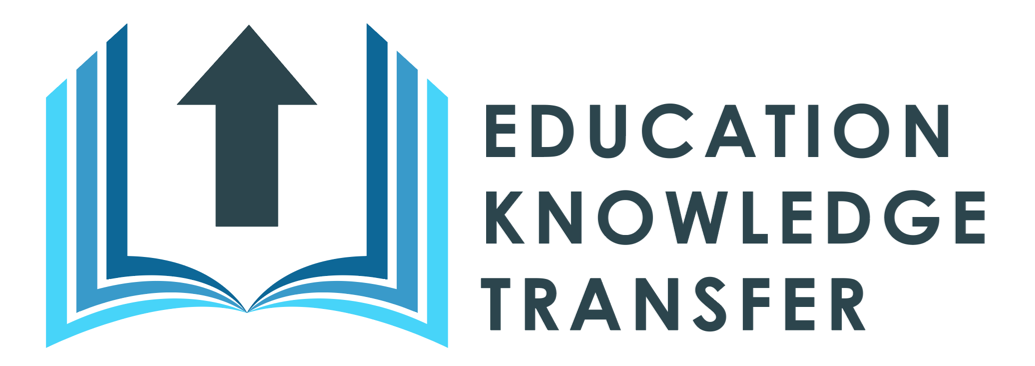How is XAPI used and implemented on the EKT platform?
Why did we choose to use xAPI in the EKT Project ?
What is xAPI ?
Tin Can API (or Experience API, or xAPI) is a standard intended to facilitate the transmission of data from educational activities to a training management platform.
xAPI (for eXperience API) is the name adopted for this standard which will allow you to optimize reporting on real-time, face-to-face and distance learning activities (including virtual classes). Just as its predecessor SCORM already did, but
extending the notion of educational activity to any content internal or external to the platform! More flexibility for better tracking of richer activities!
The adoption of the Tin Can API standard by LMS is good news ?
Yes, a training, whether it is 100% remote or offering a combination of face-to-face and distance training, must be able to offer quality content combined with personalized follow-up which, until now, was limited to activities taking place directly on the platform. With adoption of the LMS to the xAPI standard, you will extend this monitoring and above all keep all these “traces” of a learner’s educational journey, and that is excellent news!
What is the difference between these two standards (SCORM and xAPI?
SCORM makes it possible to obtain monitoring information from the LMS for e-learning modules hosted by the platform. This is important but quite limited in terms of feedback. In short, you won’t know much more than “who?” “what? “, “with what score?”And preferably if the learner uses a computer and a predefined course.
Modern learning is made up of multipleexperiences and a range of sources that can be used for educational purposes, whether it is online or in field activities, takes place in a laboratory or in a classroom. This is where the xAPI specification shows its full potential: it opens up the field of possibilities by offering a protocol for communication and sharing of information on educational activities from external “sources” as well.
Communication between systems is unified by adopting a common format to facilitate large-scale data analysis and to ensure the traceability of a learner’s journey by developing a global image of his or her journey! xAPI allows new types of content to be traced more finely and more precisely, such as video format, for example by analyzinginteractions (pauses, replay, etc.) and allowing information to be saved in an archive accessible to all devices and named LRS or Learning Record Store.
The adoption of the xAPI standard will allow you to obtain much more information on the educational activities of your learners and therefore to refine the monitoring reports by taking into account new statistics from sources external to the content offered by the LMS. xAPI offers, compared to SCORM, the possibility to understand how the learner lives his teaching experience and to act accordingly.
In conclusion, the SCORM standard would bring up interesting but relatively simple data from the content of your platform. The xAPI standard, more complete by the variety of data resulting from a larger panel of activities, can allow a better reading of a learner’s monitoring results and promote a better understanding of their educational path.
How is XAPI used and implemented on the EKT platform?
It is an on going process to have all the tools used in the project and to send their information to a joint LRS. We already implemented in Chamilo (an open source LMS) a LRS to gather all the xAPI statements. The content created on Content Cloud, every interaction of user in the new e-portfolio Chamilo tool and the steps in the Learing Path are already all sent to the central LRS. Soon the other tools (Visio conference, instant messaging and document management) will also send their information. Finally, specific reports will be implemented to enable precise analysis to enhance teaching methodology thanks to a better overview of student activities.


